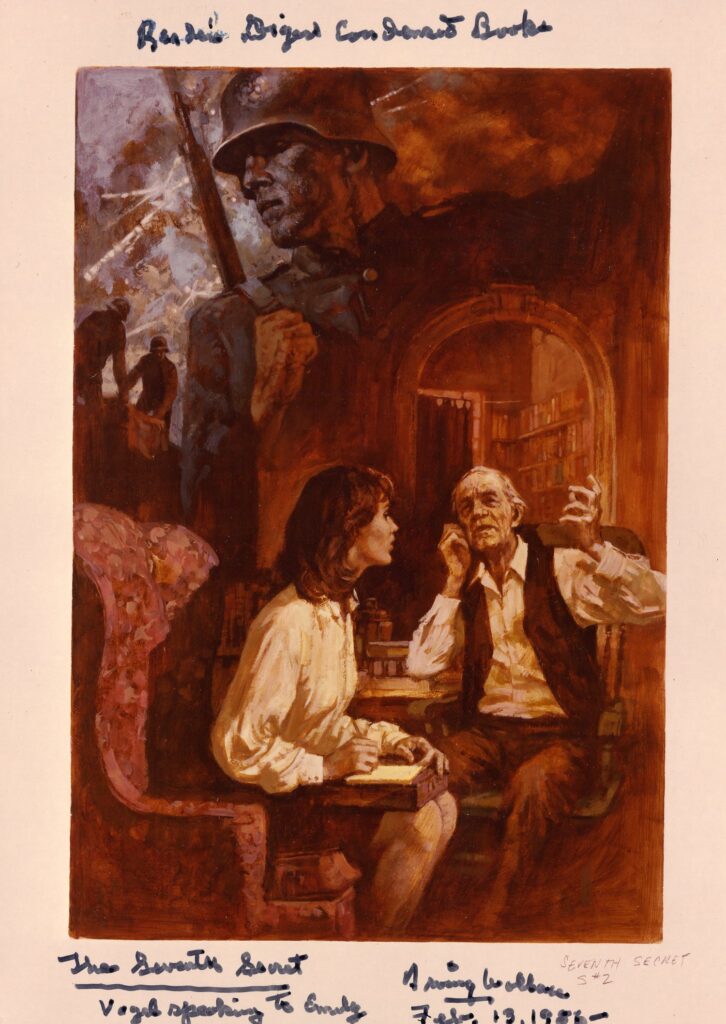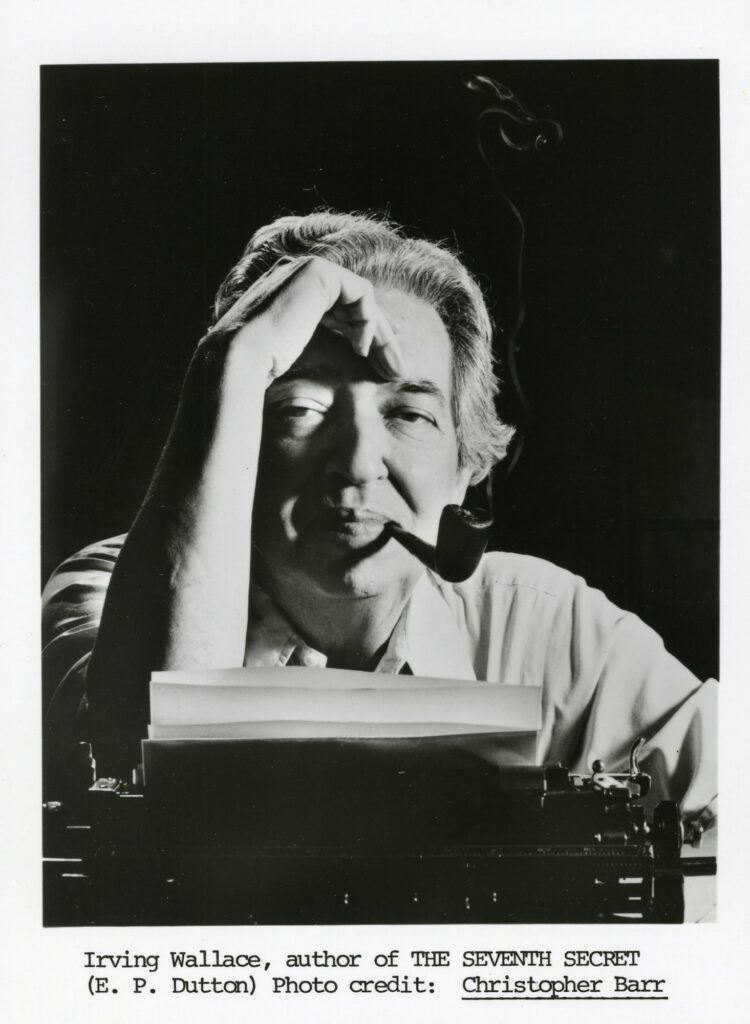“It was probable that what she had just heard was the whole truth, and that she did not need to pry further. She could safely finish the book with this account. But the dissent still nagged at her… She realized that she must go on a step farther. One more step was demanded. If that was not the truth, then this was.” (120-121)

What happened on April 30, 1945? For Irving Wallace, the more interesting question is what could have happened on that day. In The Seventh Secret, Emily Ashcroft, an Oxford historian, is in search of a story, or perhaps, as she remarks, “the whole truth.” Ashcroft takes it upon herself to finish the biography book project that her father had been writing before his inexplicable accident. Is it all coincidence, or could a painting lead Ashcroft to encounter the undiscovered seventh evacuation bunker? Will Ashcroft find the missing pieces to her multitude of questions?

As my introduction to CCEPS, The Seventh Secret, originally published in 1985, is the first book series that I will be processing into the Irving Wallace Papers Collection. While leafing through the materials, I came across the 1986 illustrations from the Reader’s Digest Book Club Editions of the Condensed Books abridged publications. The images offer a glimpse into the characters captivated by the conversations with thoughts drifting above their heads. The hurried notations detail the information suspended above Emily Ashcroft discussing April 30, 1945 with her father.

In Irving Wallace: A Writer’s Profile by John Leverence, originally published in 1974, Wallace expressed that he was “always curious to investigate what psychological motives bring a certain person into his field or profession.” That curiosity is visible through The Seventh Secret, delving into the what ifs and the whys of historical narratives—narratives that he brought to life on the very same Underwood typewriter that made Wallace and storytelling inseperable since the age of thirteen.
Stay tuned, Chelsea Fox